Ground shipping is currently paused. Local deliveries throughout Long Island will continue as usual. Pre-orders for fall are now open. Non-local orders will begin shipping again in early September. Click here to learn more.
Ground shipping is currently paused. Local deliveries throughout Long Island will continue as usual. Pre-orders for fall are now open. Non-local orders will begin shipping again in early September. Click here to learn more.
| Size | |
|---|---|
| Common Name | |
| Type | |
| Family | |
| Native? | |
| Zone | 3, 4, 5, 6, 7, 8 |
| Height Range (ft.) | 8.00 to 12 |
| Spread (ft.) | 6.00 to 10.00 |
| Bloom Time | |
| Bloom Description | large, upright panicles, white flowers that gradually fade to pink or tan |
| Sun | |
| Water | |
| Maintenance | |
| Suggested Use | |
| Tolerate | |
| Growth Rate | |
| Attracts |
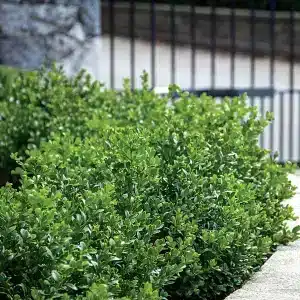
Hydrangea paniculata ‘Tardiva’ is a late-blooming shrub with upright branches and large white flower clusters, perfect for hedges and seasonal interest.
$129.99 – $149.99Price range: $129.99 through $149.99
Please note: Sizes 1.5 Gallon and up can’t be shipped outside the counties of Nassau, Suffolk, and Queens.
Learn more about how the process works and how our plants are delivered.
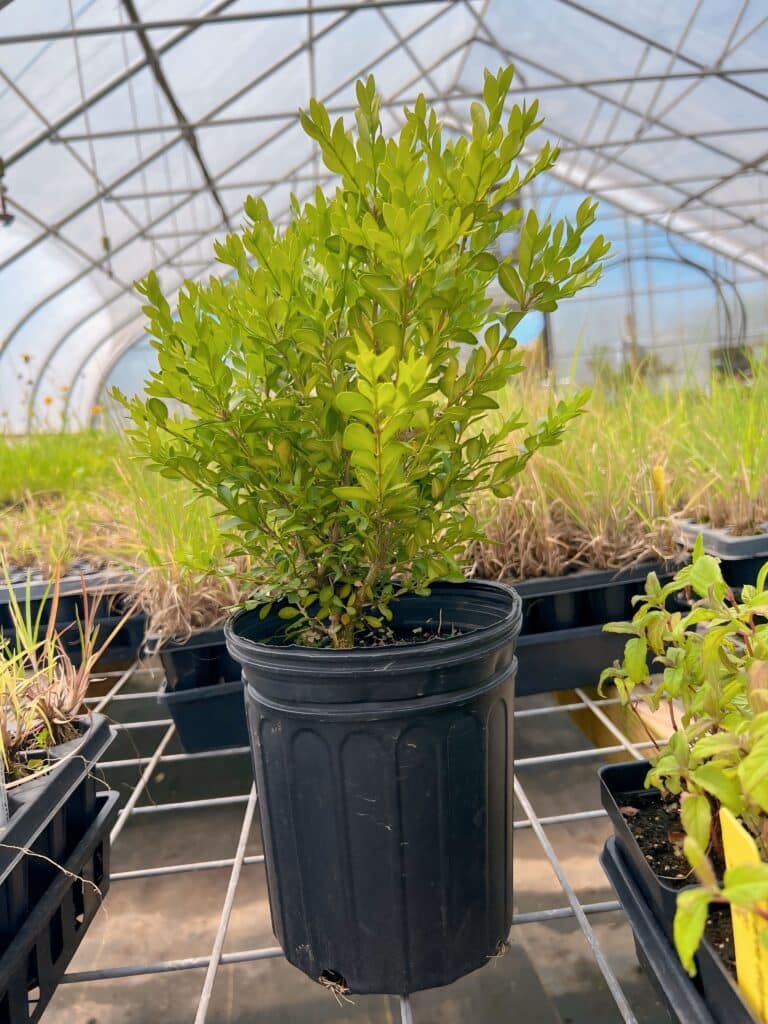

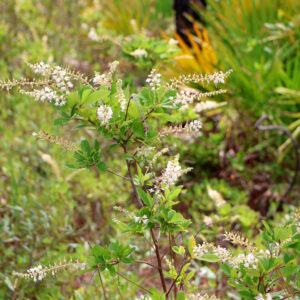
Ground shipping is paused due to summer heat. Only local delivery (Long Island & Queens) is available. Orders placed during the pause will begin processing September 1, and ground shipping will resume September 15.
| Size | |
|---|---|
| Common Name | |
| Type | |
| Family | |
| Native? | |
| Zone | 3, 4, 5, 6, 7, 8 |
| Height Range (ft.) | 8.00 to 12 |
| Spread (ft.) | 6.00 to 10.00 |
| Bloom Time | |
| Bloom Description | large, upright panicles, white flowers that gradually fade to pink or tan |
| Sun | |
| Water | |
| Maintenance | |
| Suggested Use | |
| Tolerate | |
| Growth Rate | |
| Attracts |
Hydrangea paniculata ‘Tardiva’, commonly known as Tardiva Hydrangea, is a vigorous, late-blooming panicle hydrangea with upright branching and large cone-shaped flower clusters that appear from late summer into fall. The white blooms mature to a soft pink as they age, providing extended seasonal interest. Reaching 8 to 12 feet tall and wide, ‘Tardiva’ is ideal for use as a flowering hedge, backdrop, or specimen shrub in sunny to partly shaded gardens. Though beautiful and reliable, it is a non-native species and offers minimal value to native pollinators or wildlife.
Late-season blooms: Flowers appear later than most hydrangeas for extended garden color
Large, showy panicles: Upright white flowers age to blush pink
Strong structure: Excellent for hedging, screens, or specimen use
Sun exposure: Prefers full sun to part shade
Soil needs: Adaptable to most well-drained soils; moderate moisture
Maintenance: Prune in late winter or early spring to shape and promote blooms
Flowering hedge: Use as a bold, blooming screen in borders or along property lines
Pollinator gardens: Adds floral interest into fall, complementing native perennials
Specimen planting: Stands out as a seasonal focal point in foundation or mixed beds
Non-native species: Offers limited nectar or habitat for native pollinators
Not a host plant: Does not support native insects or bird species
Best paired with natives: Use alongside native shrubs to improve ecological value
Clethra alnifolia ‘Ruby Spice’ – Ruby Spice Summersweet: A compact native shrub with fragrant rosy blooms in summer, attractive to pollinators.
Itea virginica ‘Henry’s Garnet’ – Henry’s Garnet Sweetspire: A native with cascading white flower spikes and brilliant fall color.
Aronia arbutifolia ‘Brilliantissima’ – Brilliant Chokeberry: A native shrub with spring flowers, vibrant fall foliage, and red berries for birds.
/5
Total reviews
|
|
Persons recommended this product
Anonymous
Shopper
check_circle Verified
Shop owner replied
Was this helpful
Anonymous
Shopper
check_circle Verified
Shop owner replied
Was this helpful
There are no reviews yet.
Be the first to review “ ”
Your feedback helps us improve our service.
Please log in to submit a review.

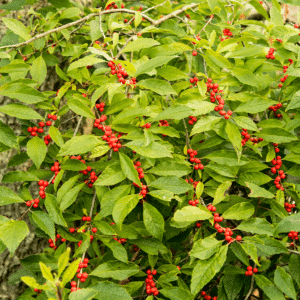
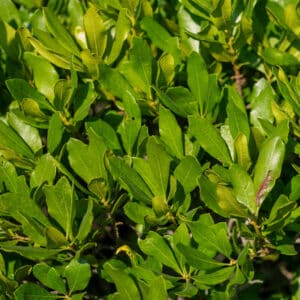

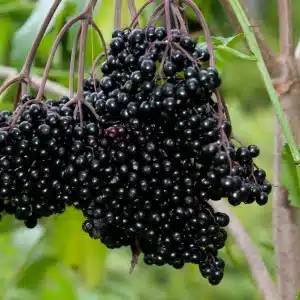

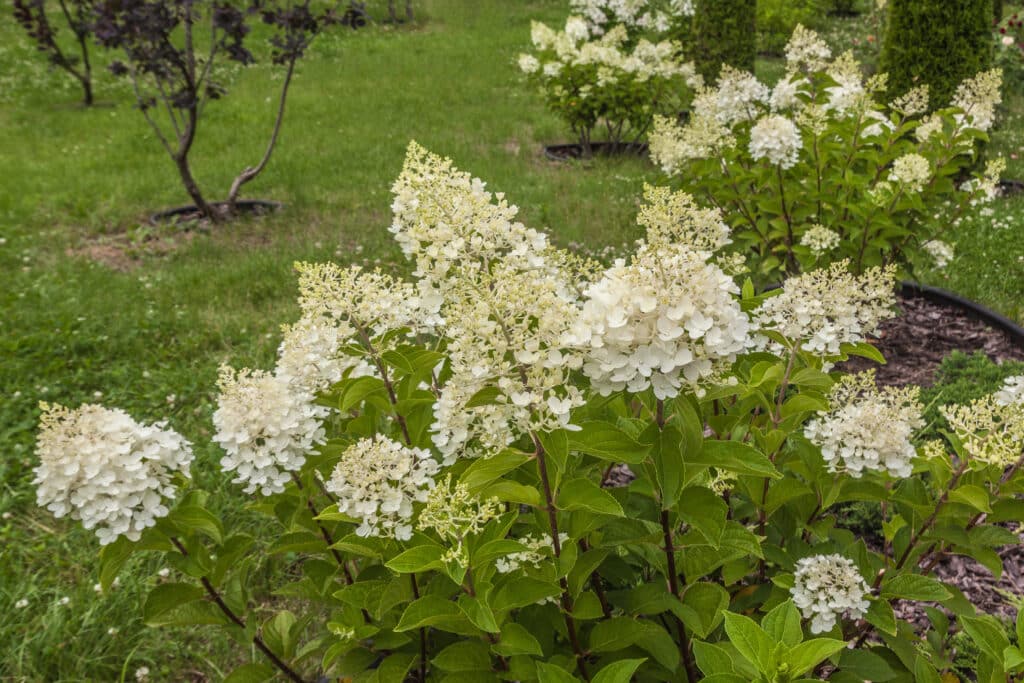
No. Hydrangea paniculata is native to eastern Asia, including Japan and China. ‘Tardiva’ is a cultivar of this non-native species, selected for its late-season bloom time. While attractive in the landscape, it does not provide the same ecological value as native North American hydrangeas like Hydrangea arborescens or Hydrangea quercifolia.
‘Tardiva’ is known for its very late bloom time, typically flowering from late summer into fall, extending garden interest well beyond other varieties. It produces large, loosely pyramidal panicles of white flowers that gradually age to creamy pink. It grows 8 to 12 feet tall and wide, making it suitable for screens, borders, or large mixed plantings.
‘Tardiva’ thrives in full sun to partial shade and prefers moist, well-drained, fertile soil. It is hardy in USDA zones 3 through 8 and is tolerant of urban conditions, heat, and cold, making it a reliable performer in a variety of landscapes. Prune in late winter or early spring, as it blooms on new wood.
Somewhat. The fertile florets in the flower panicles can attract bees and butterflies, though the majority of the showy blooms are sterile bracts. Compared to native hydrangea species, it offers less wildlife and ecological support, but still contributes to late-season nectar availability.
Not reliably. Hydrangeas, including ‘Tardiva’, are occasionally browsed by deer, especially in spring. However, it is otherwise low-maintenance, requiring only yearly pruning and regular watering during establishment. Once mature, it is relatively drought-tolerant and easy to grow.
Our gift cards make it easy to share the beauty of plants, flowers, and all things green. Whether for a special occasion or just because, give the gift of choice and let them select their favorites to create a garden they’ll cherish.
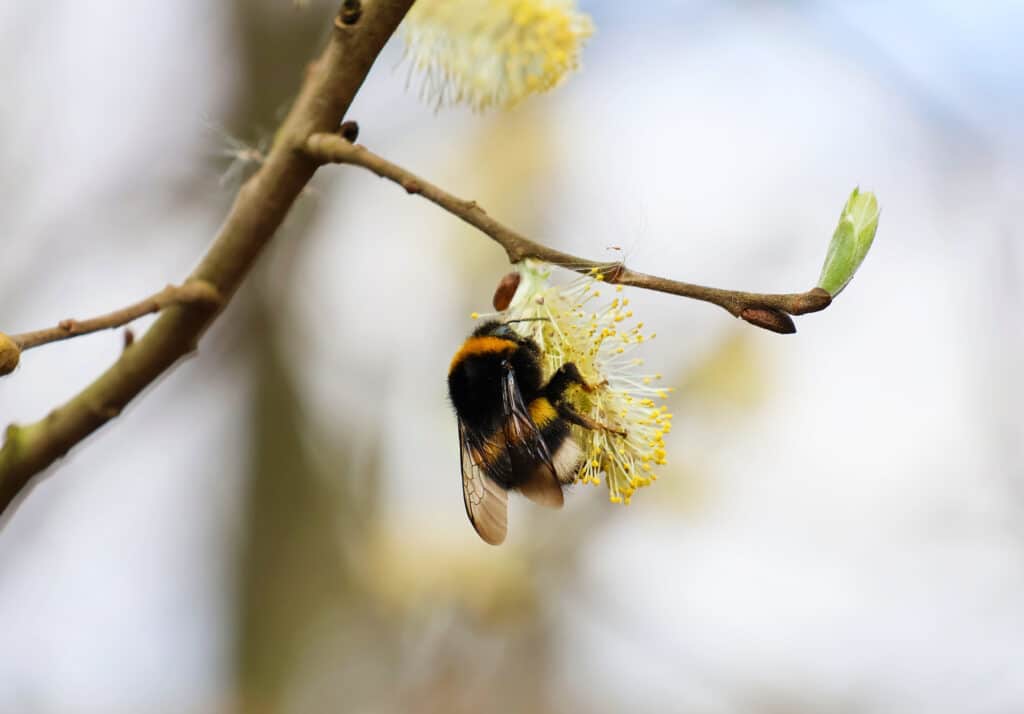
Only Local Delivery Available (Long Island & Queens)
Ground Shipping Paused
To protect our plants from extreme summer heat, we’ve paused nationwide ground shipping to avoid any damage during transit.
Local Delivery Only
We’re still delivering locally to Long Island and Queens, so nearby customers will continue to receive orders as usual.
Fall Pre-Orders Are Open Nationwide!
We will resume normal shipping for non-local orders placed during the pause in early September.
Thank you for your support and understanding—we’re looking forward to growing with you this fall!